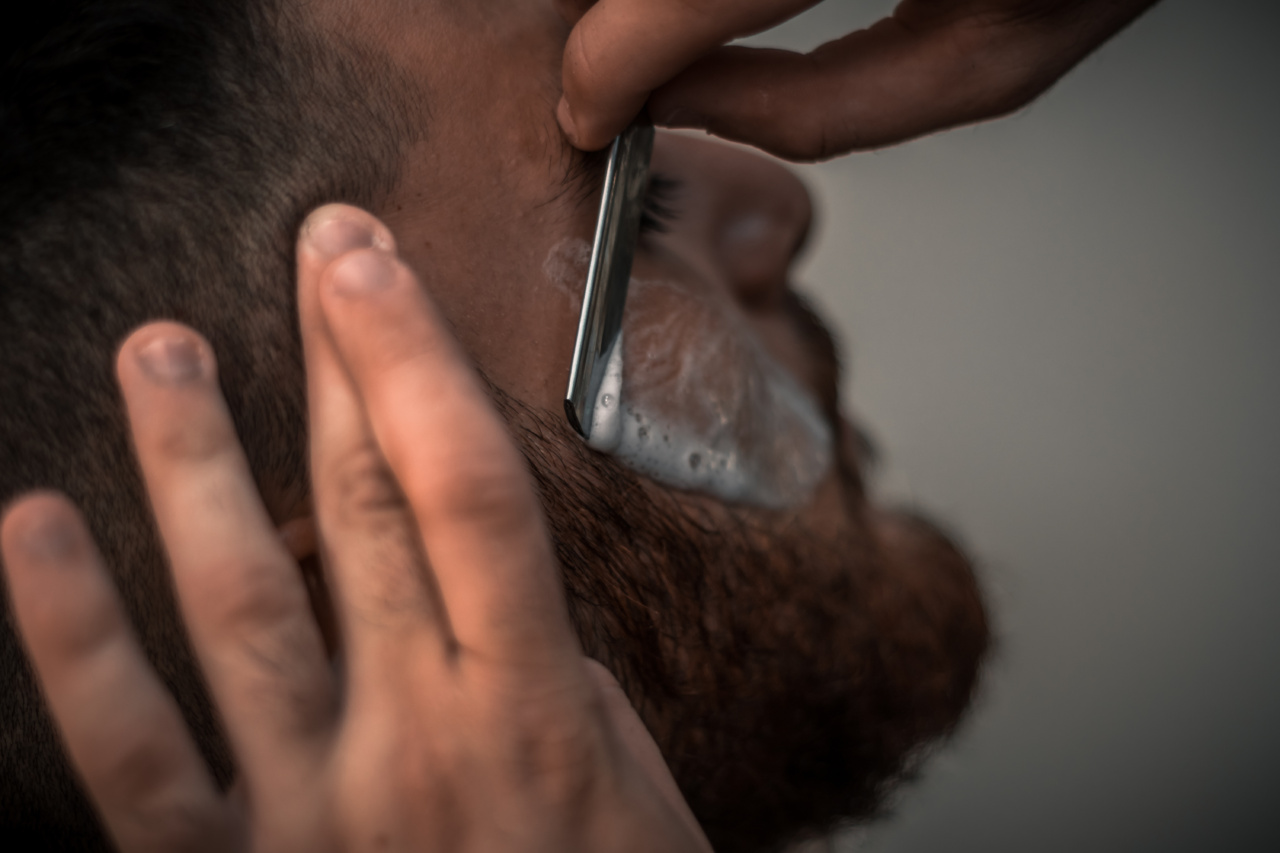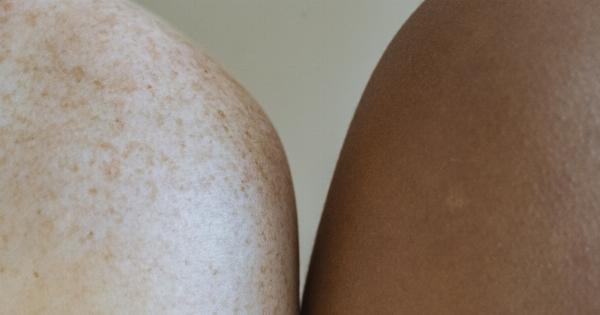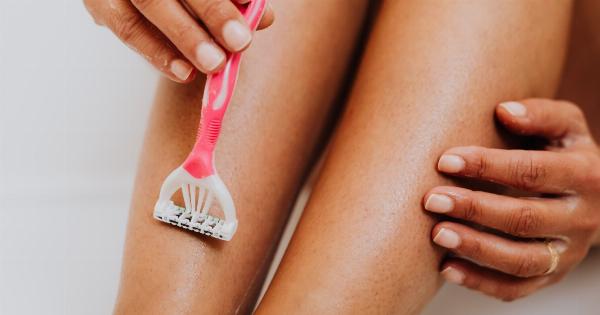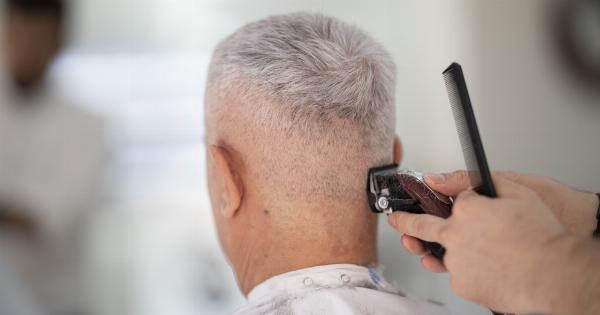Shaving your pubic hair is a personal choice that many men make for various reasons – hygiene, aesthetics, or simply personal preference.
Whatever your reason may be, it is important to proceed with caution and follow the right steps to ensure a safe and effective shave. In this step-by-step guide, we will walk you through the process of shaving your pubic hair and help you achieve the desired results.
Step 1: Gather the Necessary Supplies
Before you begin, it is essential to gather all the supplies you will need for a successful shave. Here’s a list of items you should have at your disposal:.
- A sharp razor or electric trimmer
- Shaving cream or gel
- Towel
- Mirror (optional)
- Moisturizing lotion or aftershave
Step 2: Trim the Hair
If your pubic hair is particularly long, it is advisable to trim it down before you start shaving. Use scissors or an electric trimmer with a guard attachment to shorten the hair to a manageable length.
This step will prevent the razor from getting clogged and ensure a smoother shaving experience.
Step 3: Take a Warm Shower
It is recommended to take a warm shower or bath before shaving your pubic hair. The warm water will soften the hair and open up the pores, making the process more comfortable and reducing the risk of irritation or razor burn.
Step 4: Apply Shaving Cream
Once you are out of the shower, pat your pubic area dry with a towel. Then, apply a generous amount of shaving cream or gel to the desired areas.
This will create a protective layer that allows the razor to glide smoothly and minimizes the chances of any nicks or cuts.
Step 5: Start Shaving
Hold the razor or electric trimmer with a steady hand and start shaving in the direction of hair growth. It is crucial to maintain a gentle and slow motion to prevent any accidents.
If using a conventional razor, remember to rinse it frequently to remove any hair or shaving cream buildup.
Step 6: Shave Carefully
When shaving the pubic area, it is vital to exercise caution, especially around sensitive areas. Use your free hand to stretch the skin taut, creating a smooth surface for the razor to glide over.
Take your time and avoid going over the same area repeatedly to minimize skin irritation.
Step 7: Rinse and Inspect
After you have finished shaving, rinse off any remaining shaving cream and inspect the area for any missed spots. At this stage, you can decide if you are satisfied with the results or if you need to make any additional passes with the razor.
Step 8: Pat Dry and Moisturize
Gently pat your pubic area dry with a towel, avoiding any rubbing motions that can irritate the delicate skin. Once dry, apply a moisturizing lotion or aftershave to soothe the skin and prevent any post-shaving discomfort or redness.
Step 9: Maintain Regular Hygiene
To enjoy the benefits of a clean-shaven pubic area, it is essential to maintain regular hygiene practices. Keep the area clean by washing it daily with a mild soap or special intimate wash.
This will help prevent any bacteria buildup, ingrown hairs, or unpleasant odors.
Step 10: Allow Hair to Regrow
If you decide that shaving your pubic hair is not a long-term preference, allow some time for the hair to regrow before considering another shave.
Giving the hair time to grow will minimize the risk of irritation or ingrown hairs when you do decide to remove it again.
Conclusion
Shaving your pubic hair can be a manageable and gratifying experience if done correctly. By following these step-by-step instructions, you can achieve a smooth shave while minimizing the risk of irritation or injury.
Remember to prioritize your safety and comfort throughout the process, and adjust as necessary to suit your individual preferences.






























